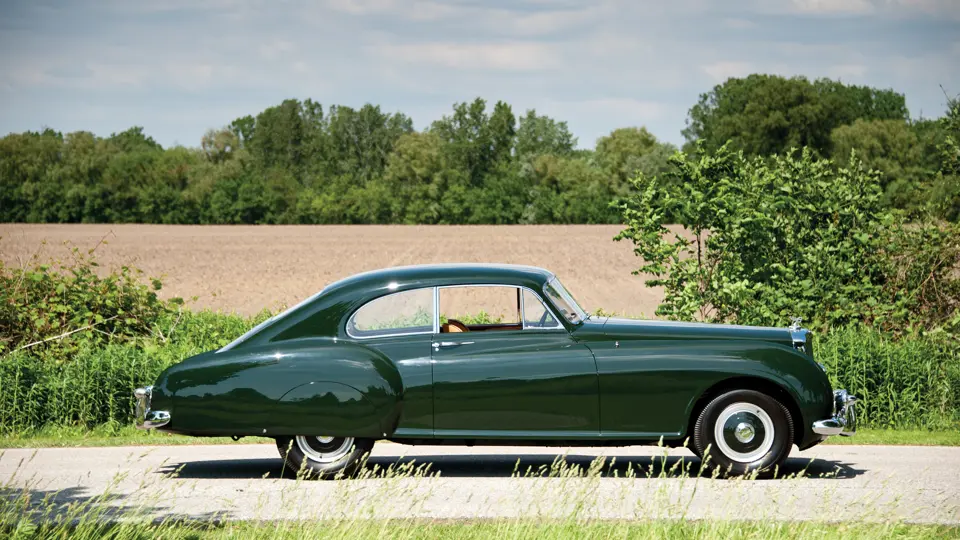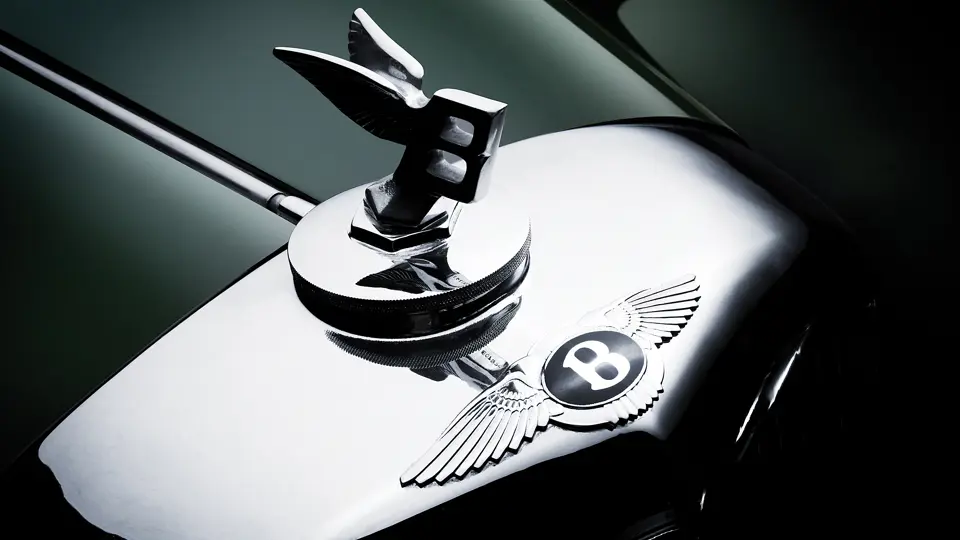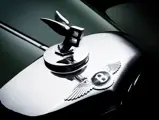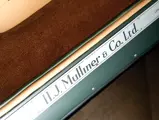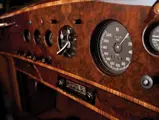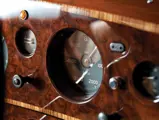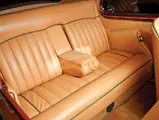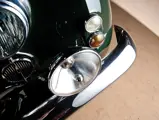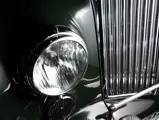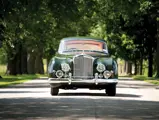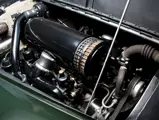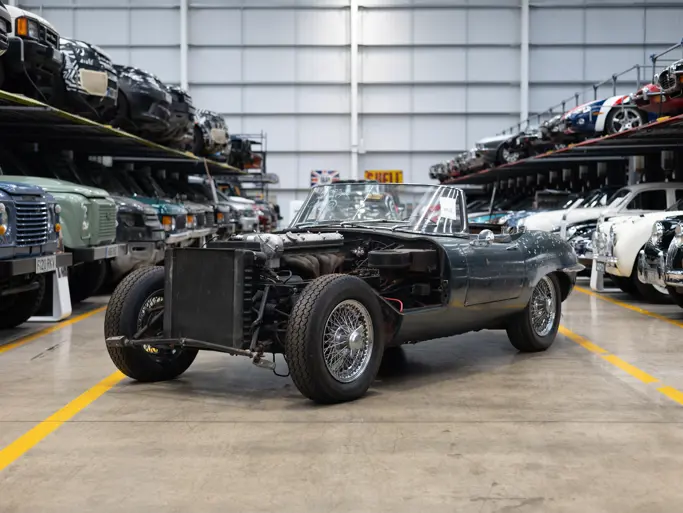
1953 Bentley R-Type Continental Sports Saloon by H.J. Mulliner
{{lr.item.text}}
$1,210,000 USD | Sold
{{bidding.lot.reserveStatusFormatted}}
- The 1953 Geneva Salon show car
- Factory “seats and spats,” with manual gearbox
- Numerous bespoke special-order items
- Original engine and factory tool set
- Rolls-Royce Enthusiasts' Club documentation
178 bhp, 4,887 cc overhead inlet and side exhaust valve inline six-cylinder engine with twin SU carburetors, four-speed manual transmission, independent front suspension with open helical springs and hydraulic shock dampers, semi-elliptic rear suspension with controllable hydraulic shock dampers, and servo-assisted hydraulic front and mechanical rear brakes. Wheelbase: 120 in.
THE R-TYPE CONTINENTAL: “A MODERN MAGIC CARPET”
In the early 1930s, Rolls-Royce began to experiment with aerodynamic designs, often based on the chassis of the Bentley, “The Silent Sports Car.” After World War II, streamlined prewar prototypes such as the Mk II (“Scalded Cat”) and Corniche were revisited, and H.I.F. Evernden and H.J. Mulliner designer J.P. Blatchley conspired to create a lightweight, aerodynamic Bentley capable of carrying four adults in the highest comfort. They aimed “to produce a car which would not only look beautiful but possess a high maximum speed, coupled with a correspondingly high rate of acceleration, together with excellent handling and roadability.”
Body, window, and seat frames would be built of light alloy, resulting in a four-place body that weighed only 750 pounds, less than 4,000 pounds together with the chassis. Frame, suspension, steering, and brake components were shared with the Mark VI series and the later standard R-Type, with final modifications and tuning at the Rolls-Royce Lille Hall service depot in Earls Court, London. While coachbuilt bodies were being built and fitted, Bentley representatives reportedly visited the panel-beaters, ensuring that all work was being done in a workmanlike manner, and Bentley Motors thoroughly tested and inspected the cars prior to delivery to their original owners.
The resulting R-Type Continental, the first production Bentley to wear that now-famous name, is perhaps the most desirable postwar Bentley, combining superior performance with glorious design and advanced aerodynamics. Memorably described by Autocar as being “a modern magic carpet, annihilating great distances,” it was best remembered with the streamlined H.J. Mulliner bodywork that Blatchley had originally penned for the chassis. This streamlined fastback Sports Saloon became the iconic coachwork for the R-Type Continental, and of the 207 chassis built between May 1952 and April 1955, 193 were bodied by Mulliner.
CHASSIS NUMBER BC20A
The R-Type Continental was produced in five series, A through E, with the A cars representing the earliest and purest version of the design. Chassis number BC20A was the 19th car produced in the A series, and therefore, the 19th R-Type Continental produced. (Superstitious in the charming way that British automakers often are, Bentley skipped chassis number 13.)
Original build information supplied by the Rolls-Royce Enthusiasts' Club, copies of which are on file, record this car’s well-equipped custom specification. Like most of the Mulliner fastbacks, it was equipped with full “spats” over the rear wheels; desirably, it was also equipped with the lightweight adjustable seats, making it one of the rare early “seats and spats” examples. Other special-ordered equipment included flashing-type turn indicators with amber glasses, double-filament headlamps with convex lenses, high-frequency horns with a muting switch, a speedometer in kilometers, and two fog lamps! Heavier front shock dampers and a special steering gear were specified, to improve handling, and a 17-inch high-speed engine fan and unique radiator were ordered to improve cooling. A radio was fitted; this was included in the R-Type Continental’s standard price, but in an effort to save weight, would only be installed at the owner’s request.
According to the RREC, the car was shown at the Geneva Salon in the spring of 1953, shortly after its delivery on February 19th to Louis Schneiter, Esq., a resident of Villa “Bois-Fleuri” in Coffet, Vaud, Switzerland. It remained in Europe until January 1, 1960, and was then acquired by its first American owner, Lamont Haggarty.
Eventually the car was acquired by the late Anthony “Bud” Korteweg of River Edge, New Jersey, founder of The Coachworks, a well-regarded Rolls-Royce and Bentley restoration facility that won numerous awards over the years in national competition. He remains the only person to have won the Rolls-Royce Owners Club Best in Show award three times. A man who believed in what he restored, Mr. Korteweg collected Rolls-Royce and Bentley himself, eventually amassing seven well-kept automobiles in the imposing Tudor-style garage of his home. The R-Type Continental was completely restored from the wheels up to its original appearance in Mr. Korteweg’s capable care, and it was the final automobile restored for his personal use.
Not merely a well-kept show car, this R-Type Continental is also a splendid driver. Recently test-driven by an RM Auctions specialist, it was reported to “idle smoothly, with a soft burbling exhaust note at speed, with brakes that work well. It rides and handles as well as any automobile I have ever been inside!” Offered with original tools and owner’s manual, it remains the perfect high-speed tour car for today, a testament to the greatness of the Bentley tradition.
Offered today as it stood at Geneva in 1953, this car assures its next owner of many proud years of ownership, as well as invitations to the most prestigious car events and concours in the world—events that can be reached quite swiftly and comfortably behind the wheel of the original Continental.

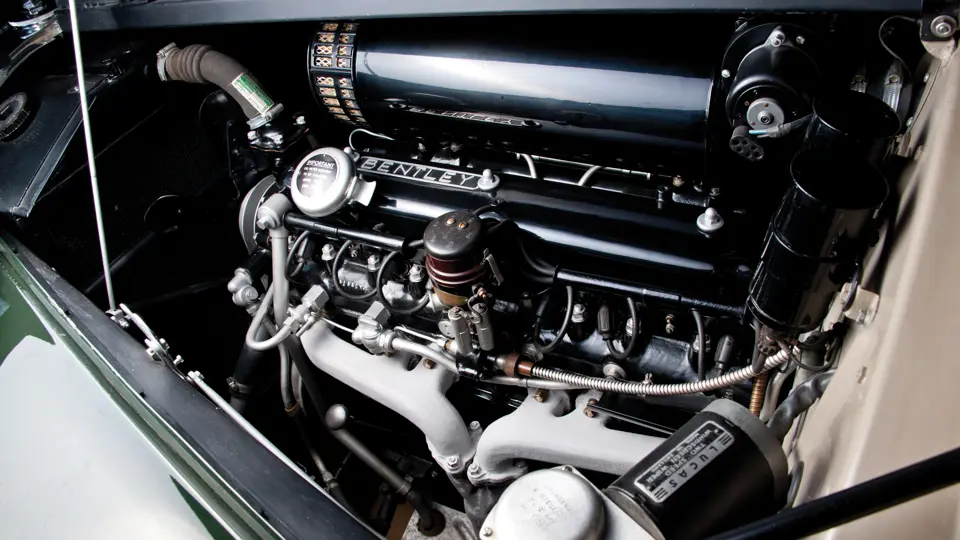


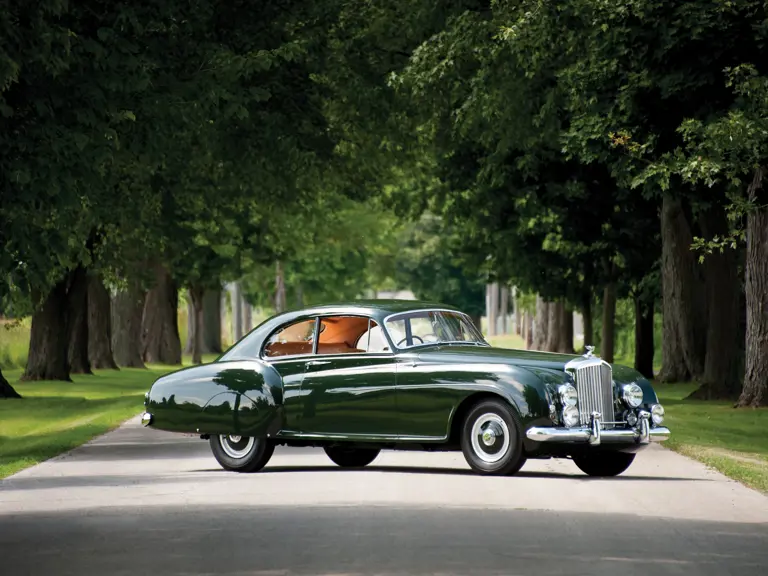
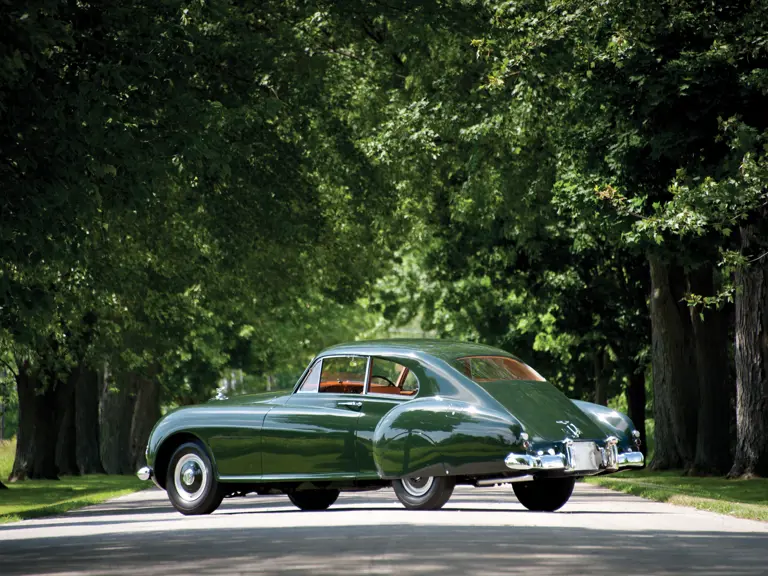

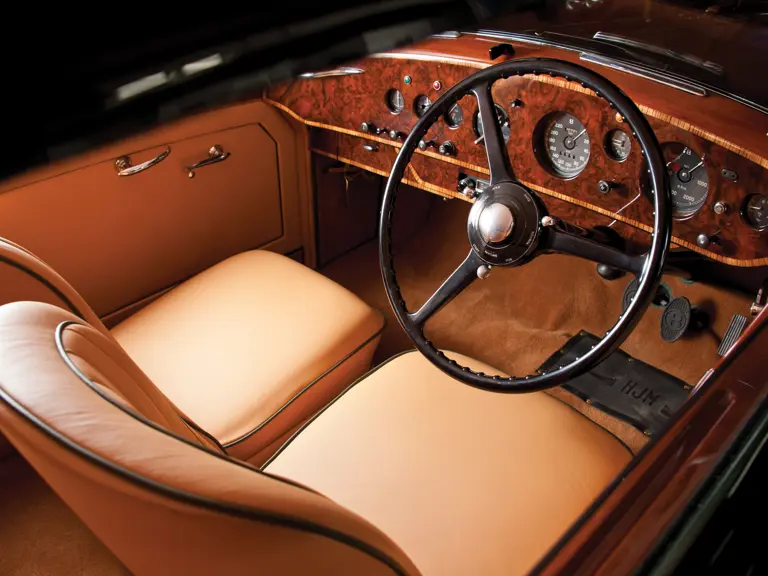

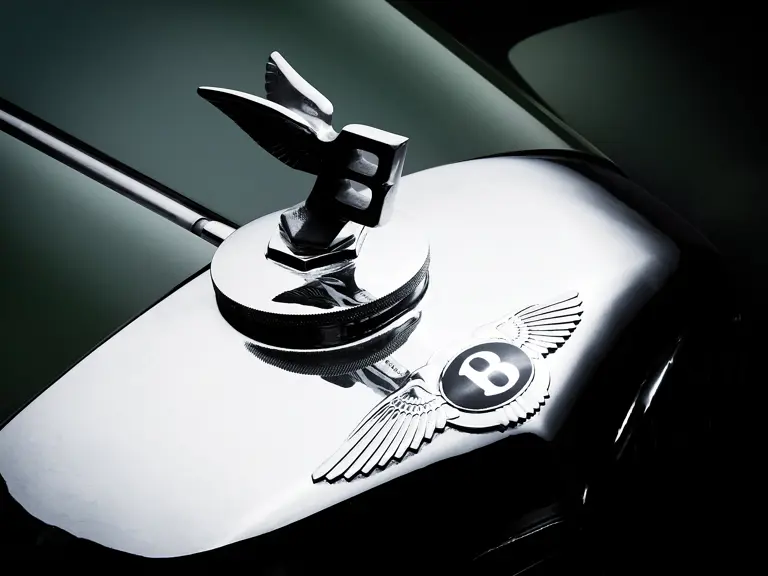


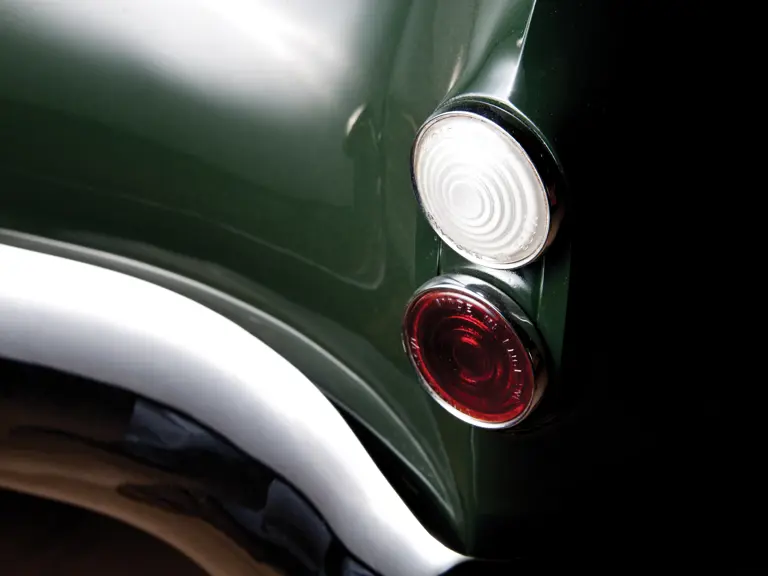

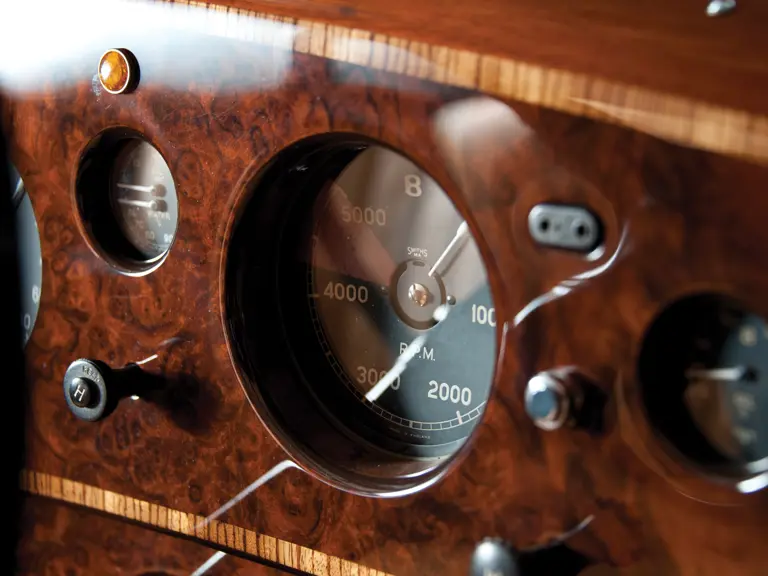

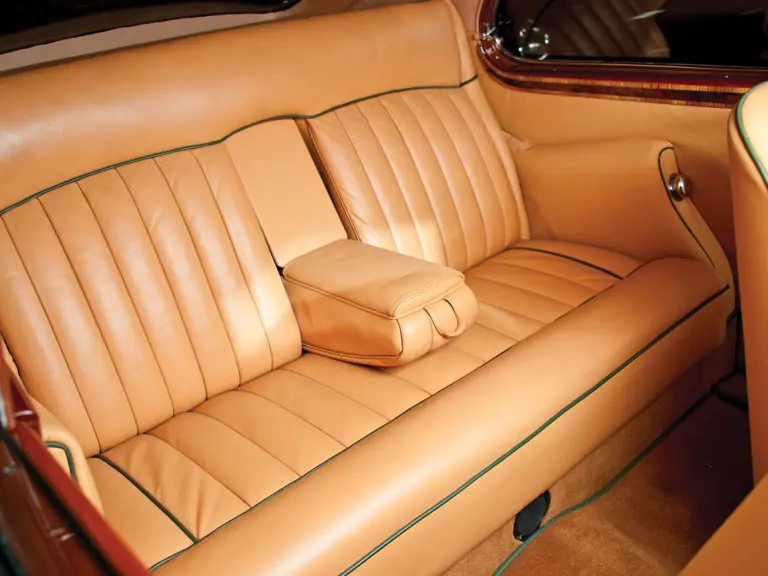
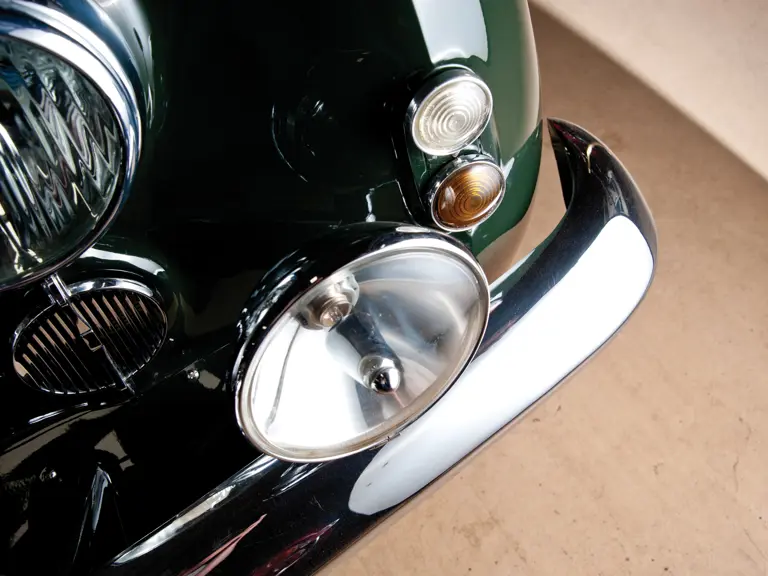


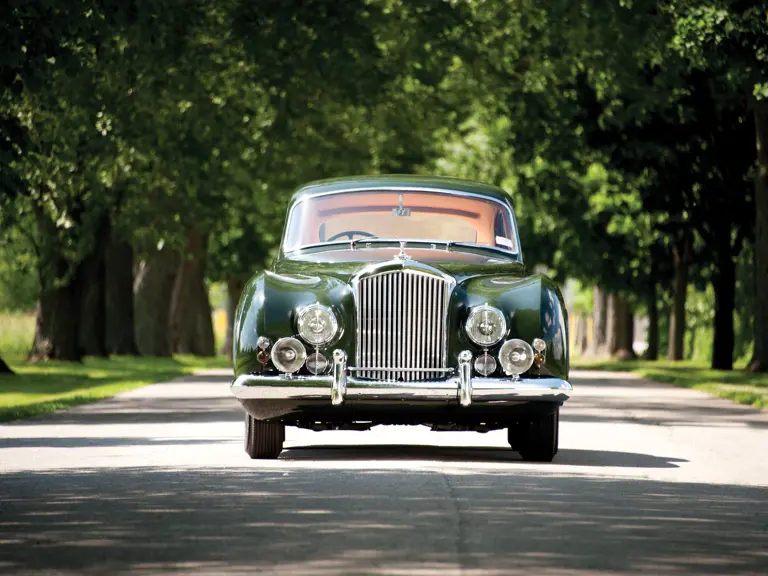
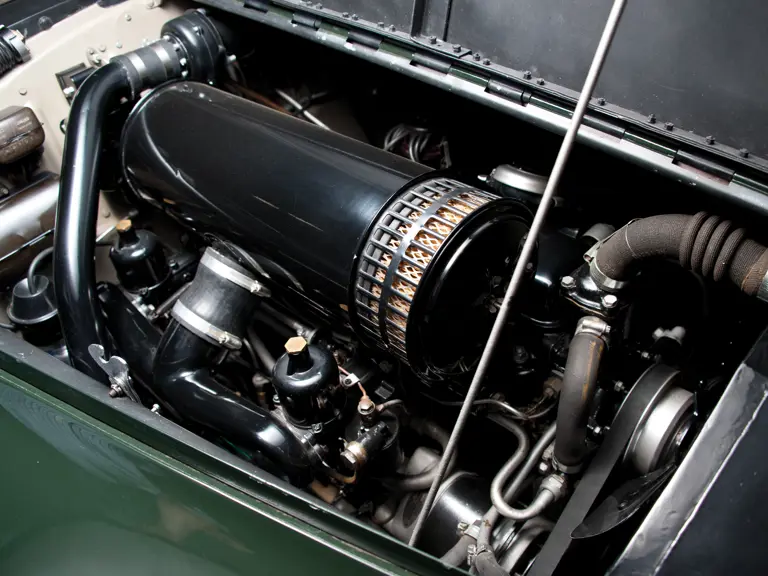
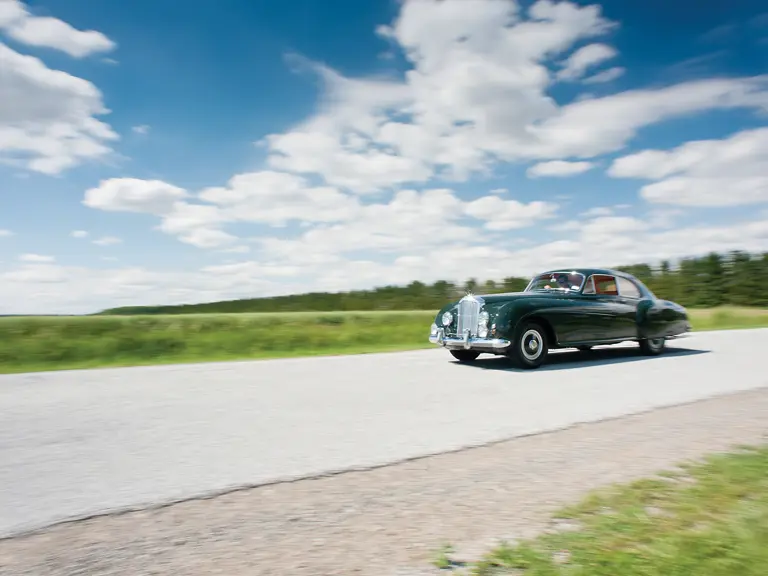
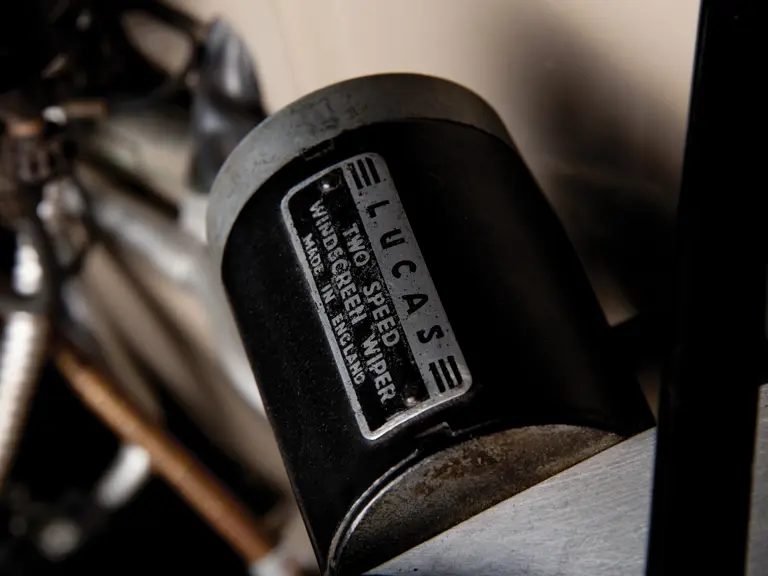
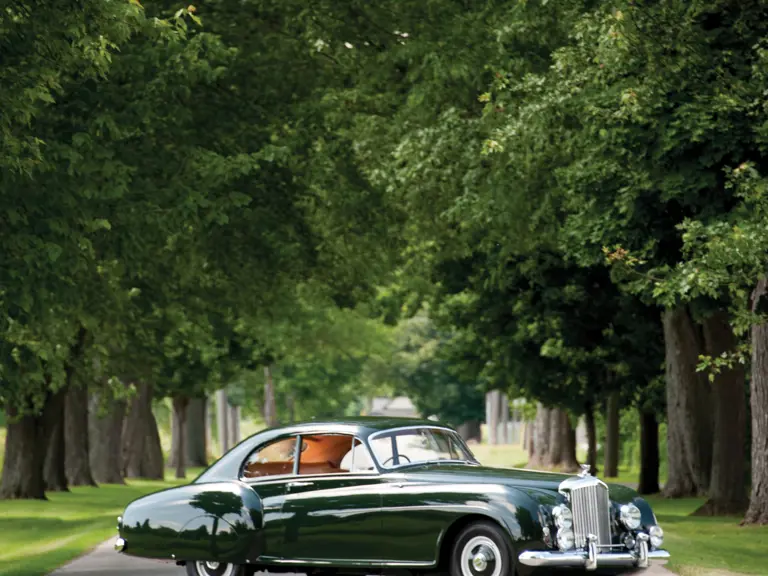
 | Monterey, California
| Monterey, California
